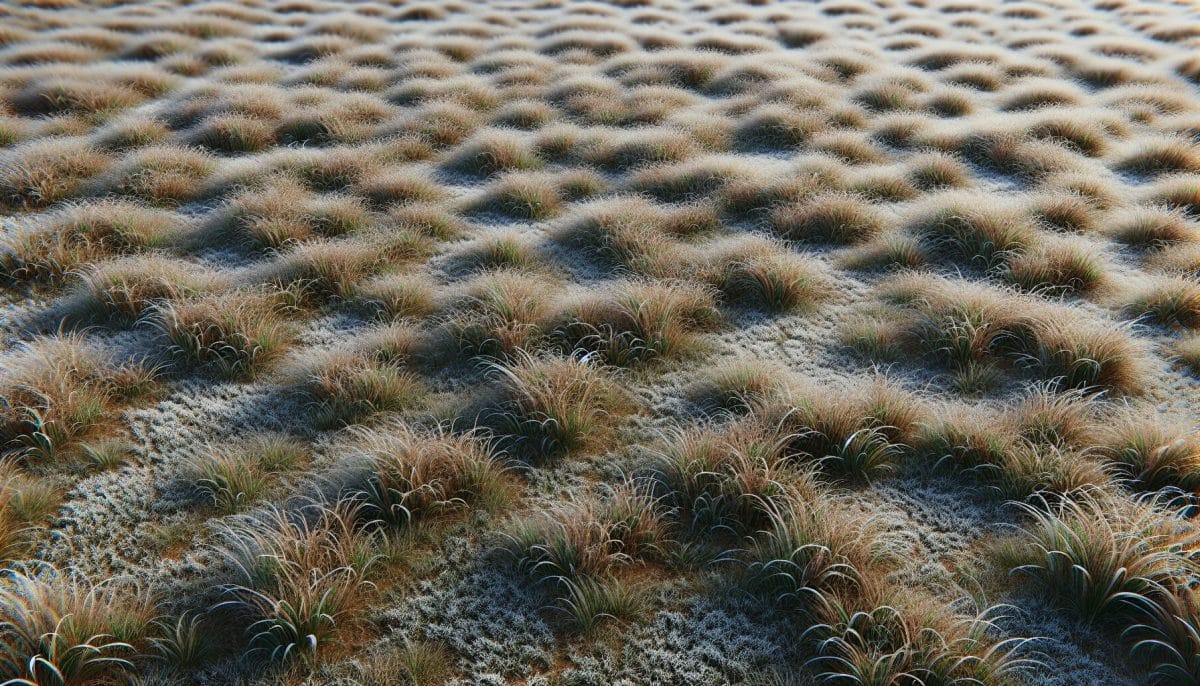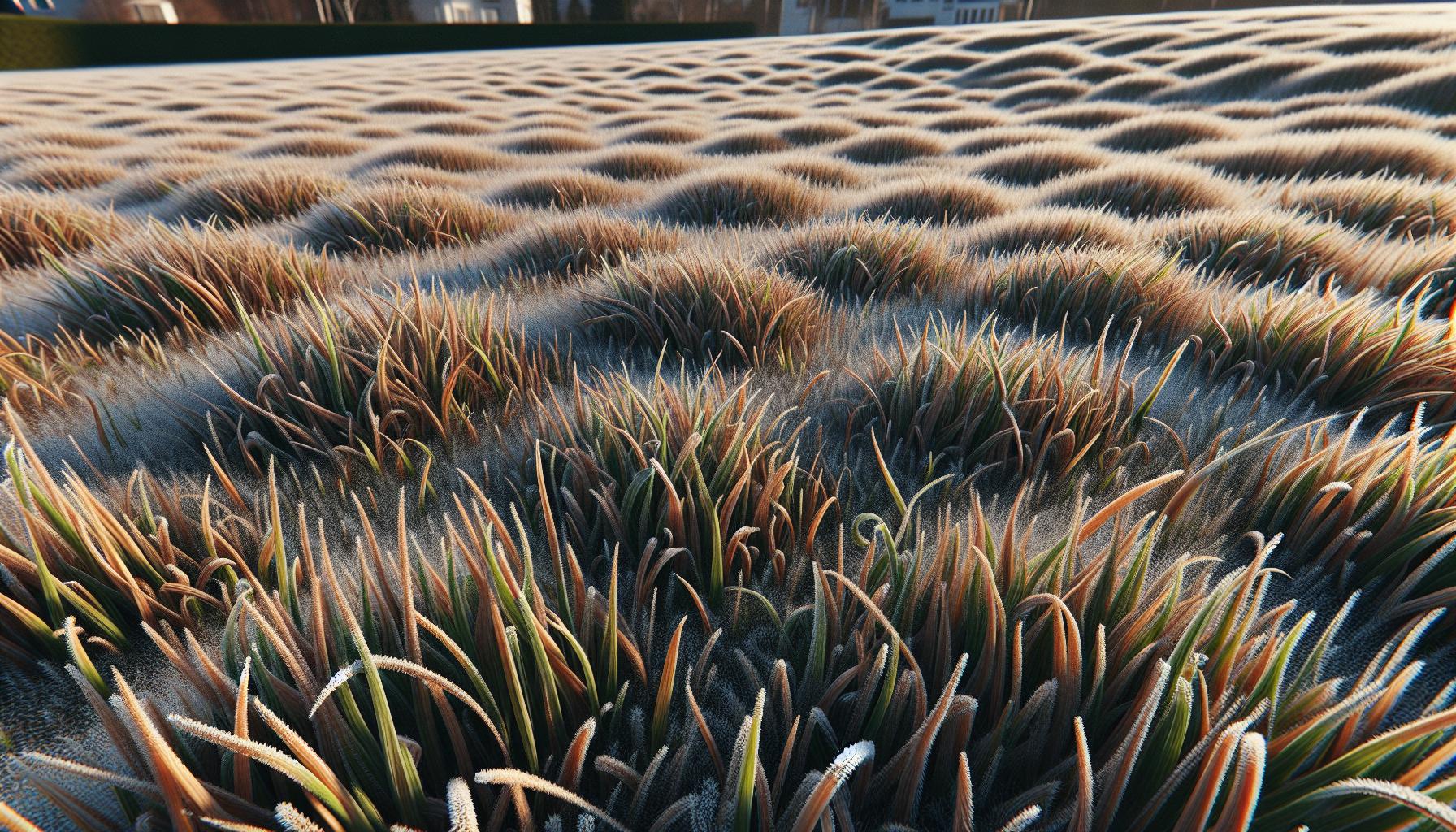
As the seasons change, so does the care required for your lawn. One key task is overseeding, a process that can significantly improve the health and appearance of your grass. But timing is everything. Start too late, and you might not see the results you’re hoping for.
Understanding the right time to overseed is crucial, especially as the nights draw in and temperatures start to drop. If you’ve found yourself wondering if you’ve missed the window for giving your lawn that much-needed boost, you’re not alone. Let’s jump into the specifics of overseeding timing, ensuring your lawn gets the attention it deserves before it’s too late.
Best Time to Overseed Your Lawn
Understanding when to overseed your lawn is crucial for achieving lush, healthy grass. The ideal timing hinges on several climatic and environmental factors that influence seed germination and growth.
Understanding Seasonal Impact
For those with cool-season grasses, autumn is the golden window for overseeding. During this period, the soil remains warm enough to support germination, while cooler air temperatures discourage the growth of weeds that compete with new grass seeds. Also, the natural increase in precipitation provides the necessary moisture for seed development without the need for excessive watering.
On the flip side, if your lawn features warm-season grasses, late spring or early summer becomes the prime time to overseen. This timing allows the seeds to establish themselves before the peak of summer’s heat, leveraging the season’s warmth to stimulate rapid growth.
Importance of Aeration
Before overseeding, aeration is a vital step. It involves creating small holes in the soil to enhance water, nutrient, and oxygen penetration. Aeration also improves soil drainage and alleviates compaction, creating an ideal environment for seeds to germinate and thrive. Combining these processes maximises the effectiveness of overseeding, leading to denser, more resilient turf.
Understanding these principles ensures that your efforts in overseeding are well-timed, contributing to a vibrant and healthy lawn throughout the year.
Signs that it’s Too Late to Overseed

Overseeding your lawn is a crucial step towards ensuring it remains lush and vibrant throughout the year. But, timing is everything when it comes to this process. Knowing when it’s too late in the season to overseed can save you both time and resources while preventing unnecessary damage to your lawn. Here, we’ll investigate into the key signs indicating that the window for effective overseeding has passed.
Grass Growth Stage
The growth stage of your lawn’s grass is a primary indicator of whether it’s an appropriate time to overseed. Grasses have optimal growth periods, typically in the spring and autumn for cool-season varieties, and late spring through early summer for warm-season types. Overseeding outside of these growth periods can lead to poor seed germination and establishment because the existing grass may not be vigorous enough to support new growth.
Key Factors to Consider:
- Dormancy: If your lawn’s grass has entered its dormant phase, typically due to cold temperatures for cool-season grasses or extreme heat and dryness for warm-season grasses, it’s too late to overseed. Dormant grass won’t provide the necessary support new seeds need to germinate and grow.
- Active Growth: Grass must be in an actively growing phase to assist with the establishment of new seedlings. If your lawn is not showing signs of active growth due to out-of-season temperatures or unfavorable conditions, wait until the next optimal growth window.
Weather Conditions
Weather plays a critical role in the success of overseeding efforts. Ideal weather conditions promote seed germination and help young grass establish. But, if the weather forecast suggests it’s not conducive for overseeding, it’s best to postpone your plans.
Weather Factors to Monitor:
- Temperature: Both soil and air temperature significantly influence seed germination. Soil temperatures should be within the range that supports the specific grass type’s germination. For cool-season grasses, soil temperatures should be between 10°C and 18°C, whereas warm-season grasses require warmer soil temperatures, typically between 21°C and 29°C.
- Precipitation: Adequate moisture is essential for seed germination. An extended forecast of dry conditions may hinder your overseeding efforts. Conversely, too much rain can wash away seeds or lead to fungal diseases, which are detrimental to seedlings.
- Frost: An imminent frost can damage or kill new seedlings. If the local weather reports predict early frost, it’s safer to delay overseeding until the conditions improve or consider planning for the next suitable season.
Understanding these critical signs and aligning your overseeding efforts with the optimal conditions are pivotal in achieving a verdant and hearty lawn. While it may be tempting to overseed regardless of these factors, doing so outside the ideal window can prove to be futile and may adversely affect your lawn’s health and appearance.
Consequences of Overseeding Too Late

When you decide to overseed your lawn beyond the optimal sowing window, you’re inviting a slew of problems that can undermine the health and appearance of your turf. Understanding these consequences is crucial to avoiding wasted effort and resources.
Poor Seed Germination: As the temperatures drop, the soil’s ability to warm up diminishes, leading to significantly reduced seed germination rates. Grass seeds require a certain temperature range to sprout effectively, and cold soil outside of this range means your new seeds stand little chance of establishing.
Increased Vulnerability to Frost: Seedlings that do manage to germinate late in the season are less hardy and more susceptible to frost damage. With their shallow root systems, these young plants haven’t the strength to withstand cold snaps, leading to a high mortality rate over the winter months.
Wasted Resources: Overseeding outside the ideal time frame often results in wasted seeds, water, and effort. Considering the cost of high-quality grass seed, this can become an unnecessarily expensive mistake.
Grasping the timing for overseeding isn’t just about hitting a calendar date; it’s about syncing your efforts with the rhythms of nature to ensure your lawn emerges lush and vibrant come spring. Optimal overseeding periods vary depending on your climate zone and the specific grass species, but generally, doing so too late invites difficulties that could have been easily avoided with a bit more planning.
Conclusion
Timing is everything when it comes to overseeding your lawn. Miss the optimal window and you’re not just facing a less vibrant lawn come spring but also risking the health and appearance of your turf. Remember, aligning your overseeding efforts with nature’s rhythms isn’t just about achieving aesthetic perfection; it’s about resource efficiency too. So, before you scatter those seeds, make sure you’re doing so at a time that promises the best germination rates and the healthiest growth. That way, you’re not just saving effort and resources but also ensuring your lawn remains a lush, inviting space.
Colin Macmillan is a seasoned entrepreneur and the CEO of Riverwood Landscape, a leading landscaping company based in Canada. He has been at the helm of the company since leaving high school, demonstrating his strong leadership skills and business acumen.
Colin’s expertise lies in various aspects of landscaping, including lawn care, interlocking, sod installation, and commercial maintenance. His hands-on approach and dedication to the craft have been instrumental in building Riverwood Landscape into a reputable brand.
One of his most notable achievements is the creation of a successful landscape franchise that services multiple locations. This accomplishment underscores his strategic thinking and ability to scale operations effectively.
Colin has also had the privilege of working with Guelph Hospital for landscaping and maintenance, a testament to the trust and reliability that his company has earned over the years.
His professional mission is to offer the best services and experiences for customers, a goal that he tirelessly pursues. Colin’s commitment to excellence and customer satisfaction continues to drive the growth and success of Riverwood Landscape.








